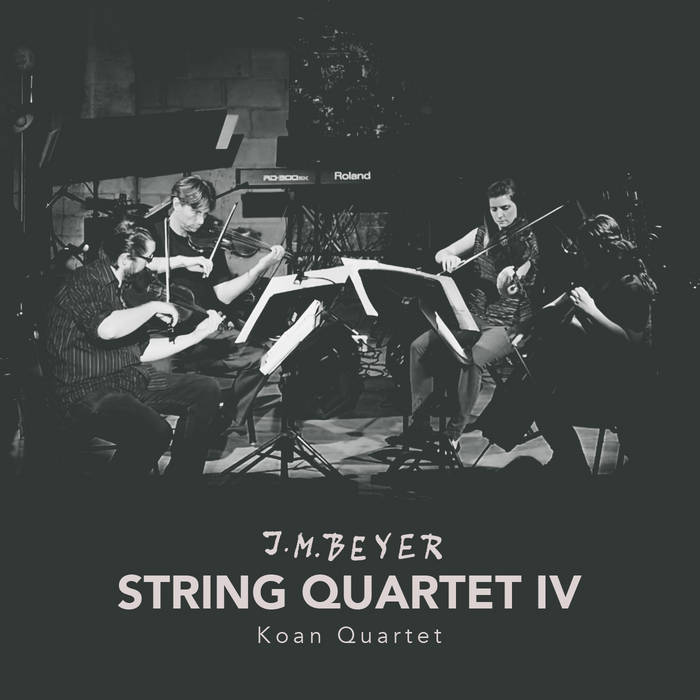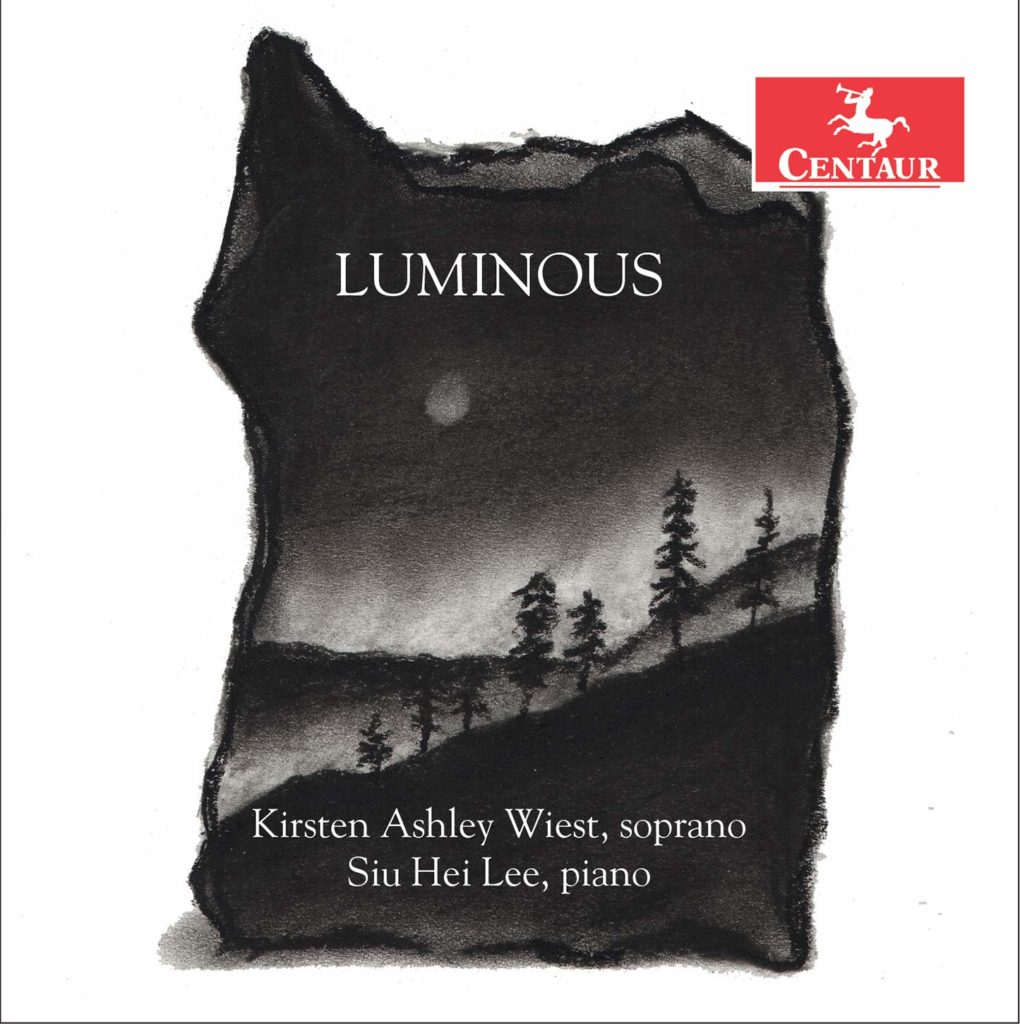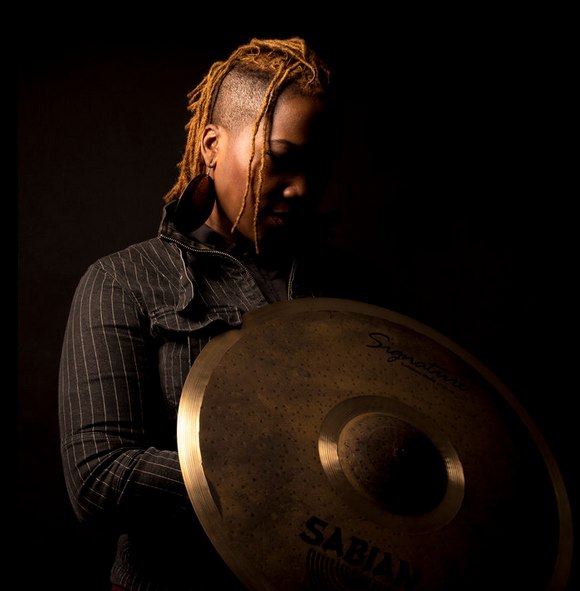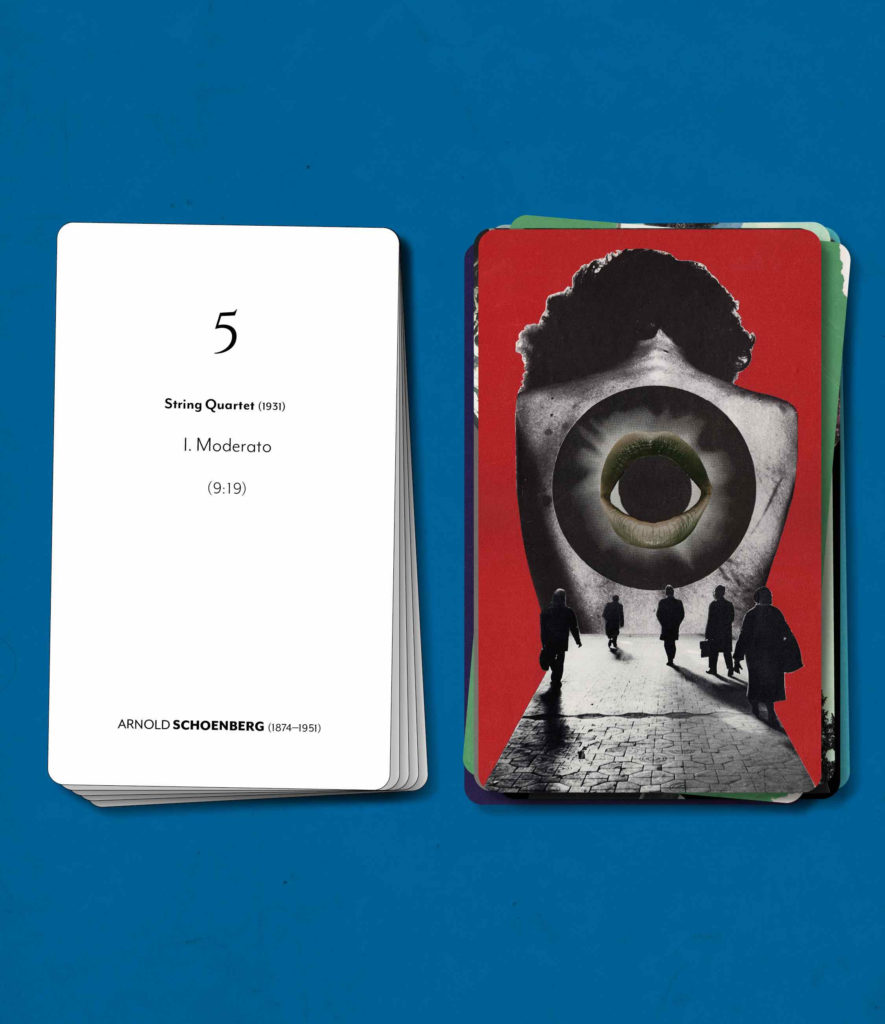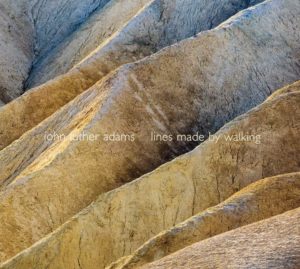
Cold Blue Music has released Lines Made by Walking, a new CD of string quartet music by composer John Luther Adams. Two three-movement pieces are featured, performed by the acclaimed JACK Quartet. As with his earlier string quartet pieces, this new album further explores the intimate relationship that Adams, an avid hiker, has with the wild terrain that inspires him. As the composer writes: “Making my way across these landscapes at three miles an hour, I began to imagine music coming directly out of the contours of the land…” Those who appreciated Adam’s earlier string quartet music CD The Wind in High Places, will find this new album to be a further articulation of his strong environmental sensibility.
The opening movement of Lines Made by Walking, the first piece, is “Up the Mountain” and this immediately establishes the deep connection between the land and the music. From the start, deep cello tones rise up in warm arpeggios. The other strings enter in similar fashion in their higher registers. All the strings reach their upward pitches at different times and in different combinations, so that the interleaving layers of sound create a convincing sense of ascent. The mixing and repetition of the phrases create some lovely harmonies and the result is purposeful and unhurried, as if walking a favorite mountain trail.
The second movement, “Along the Ridges” has similar phrasing and feel, but the mix of notes is not as evocative of the vertical, and a slower tempo suggests a more leisurely amble. Not as purposeful in its repetitiveness, there is a more introspective feeling in this movement. Thin violin lines at times soar high above the lower strings, while at other times there are moments of lush four-part harmony. The settled feeling here is comforting and meditative, as if looking down from a great height on a quiet village below. “Down the Mountain”, the third movement, begins in rarefied air with high violin tones flaring out followed by notes that fall in pitch. The lower strings enter in a similar pattern and the layered, repeating phrases are interwoven to form a cascading stream of descending tones. Appropriately, this sequence is the reverse of the opening movement, but still maintains the warm sense of place, especially in the final minute.
Lines Made by Walking, portraying as it does the ascent and descent of a mountain, calls to mind MacLaren Summit, an earlier string quartet piece by Adams that describes a remote mountain in the wilds of Alaska. In MacLaren Summit, the music suggests a more challenging environment and climate. The familiar high violin phrases are more active and needle sharp, suggesting a bitter cold. Overall there is a more distant and isolated feel, yet there is at the same time a welcoming oneness with nature that is clearly heard again in Lines Made by Walking. Adams continues to write music that is accurately descriptive of rugged landscapes without being adversarial toward them. The JACK quartet understands this perfectly and supplies just the right touch throughout.
The second piece in the album is Untouched, and this is only the second string quartet composed by Adams, at age 58. All of the instruments are played on natural harmonics or open strings throughout, and this allows the sustained overtones to interact and languidly mingle. The first movement, “Rising”, opens with deliciously low cello tones accompanied by lofty violin pitches. The feeling is open and airy, as Adams describes in the liner notes: “I stood on the tundra, holding a small Aeolian harp on top of my head, dancing with the wind, turning like a weathervane. Music seemed to flow out of the sky – across the strings and down through my body, and into the earth. From that beginning, I’ve discovered a broad harmonic and melodic palette derived from superimposing the harmonic series on itself at different intervals…”
As “Rising” progresses, it proceeds in a series of stages or waves, each with a slightly higher pitch set. This gives a sense of progression, but the gently rocking rhythms and harmonies also radiate a warmly accessible hospitality. The phrases are comprised of notes that move broadly upward and by the end of the movement, the cello drops out, liberating the violins to rise to extreme heights. The second movement, “Crossing”, features a more horizontal feel; the notes follow different patterns but carry the same organic feeling that springs from the harmonic series. In the fluid texture it is possible to imagine an ephemeral melody arising out of the repeating lines of notes. The cello is not as deep or rich here, and the violins sparkle in a stratospheric register. A somewhat slower tempo at the finish lengthens the tones before fading at the finish.
“Falling’, the final movement, begins with almost painfully sharp high notes in the violins, and as the lower tones enter the harmony restores the congenial atmosphere of the earlier movements. The tones gradually fall in pitch and the music becomes more inward and nostalgic. The notes seem to dance and flicker like firelight, adding to the meditative feel. Deep cello tones at the finish produce a sense of vast grandeur, perhaps a tribute to the drama of the Alaskan wilderness.
Lines Made by Walking affirms Adam’s embrace of the natural environment and extends his creative powers through a masterful deployment of the harmonic series.
Lines Made by Walking is available directly from Cold Blue Music, Amazon and from numerous CD retailers.
